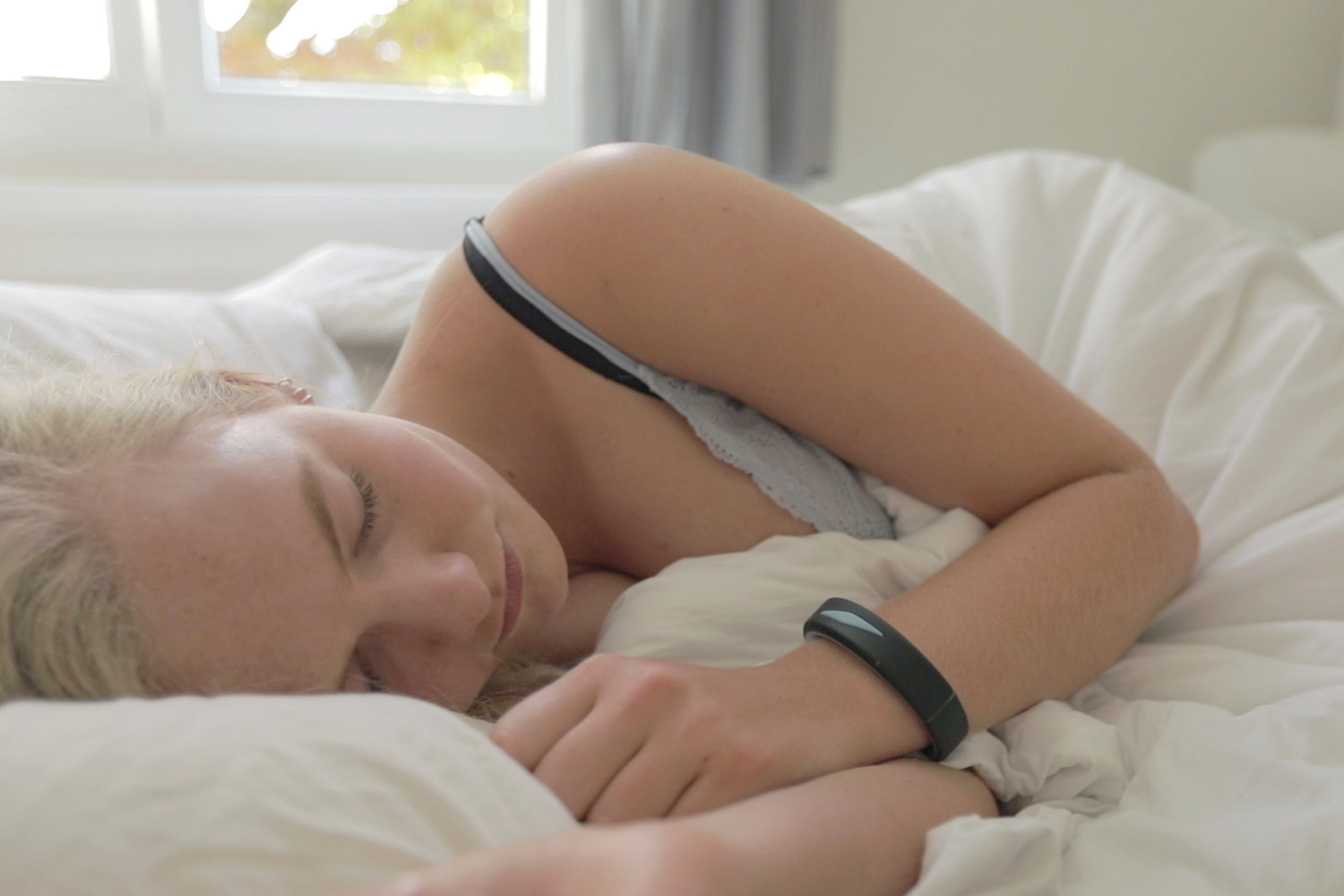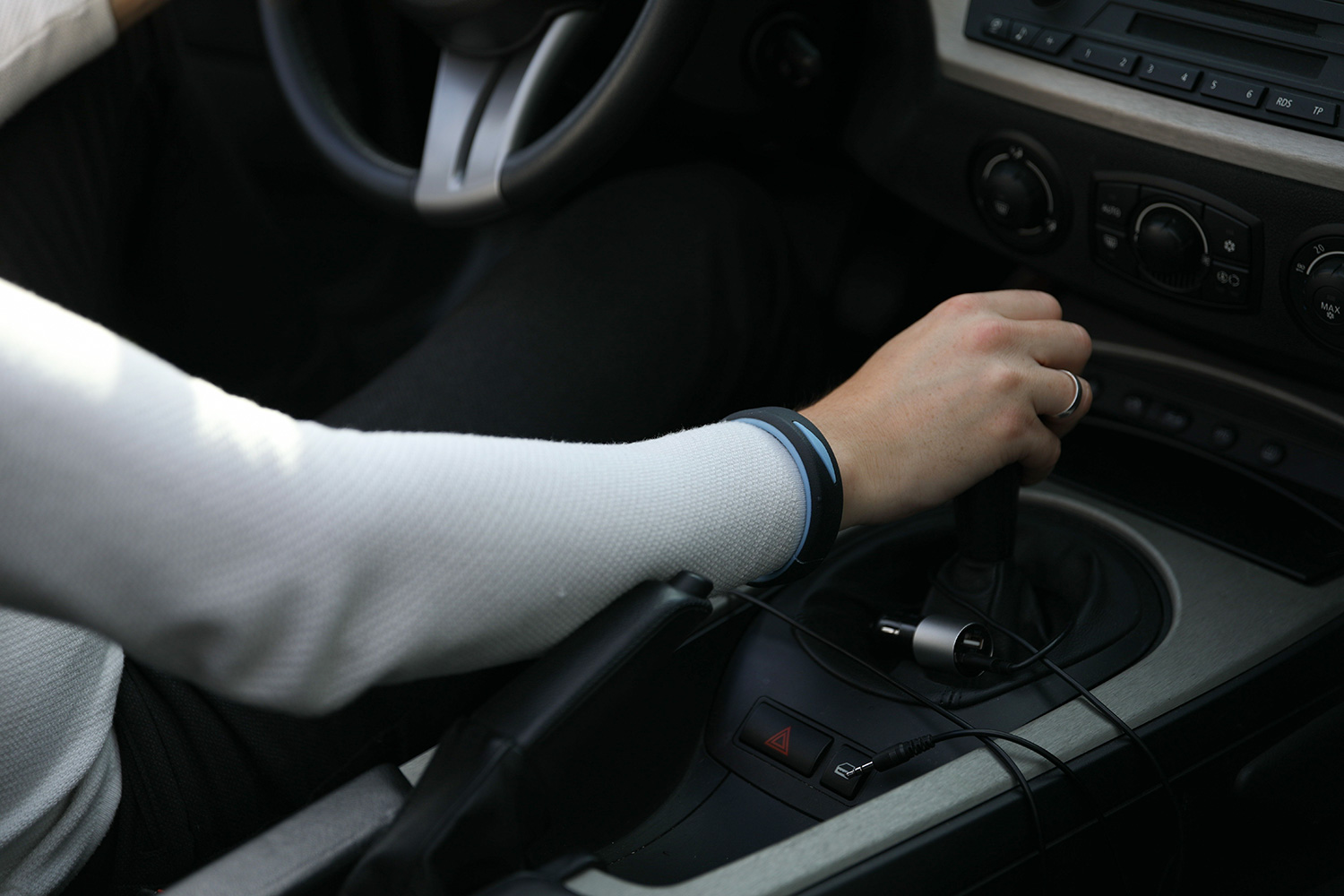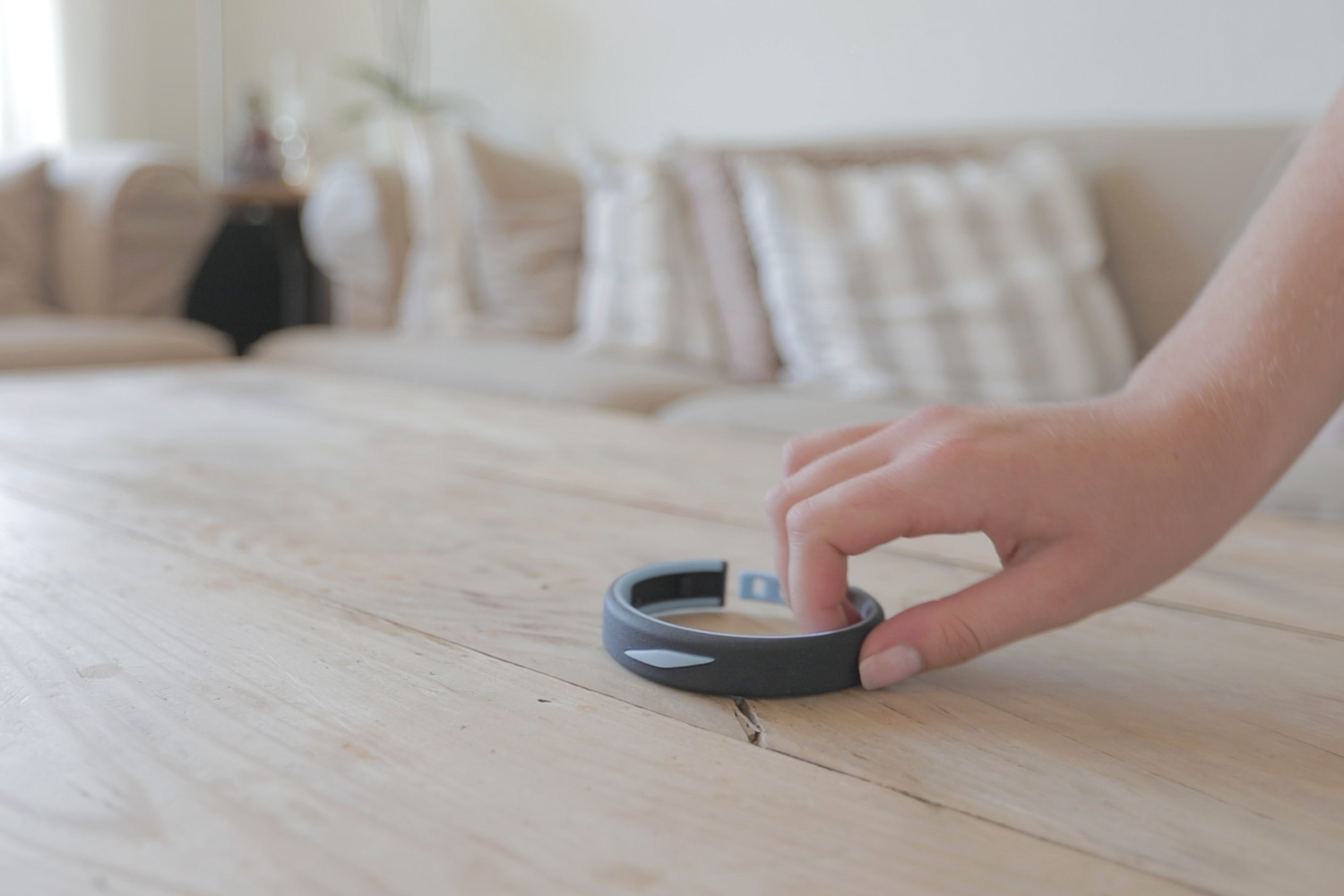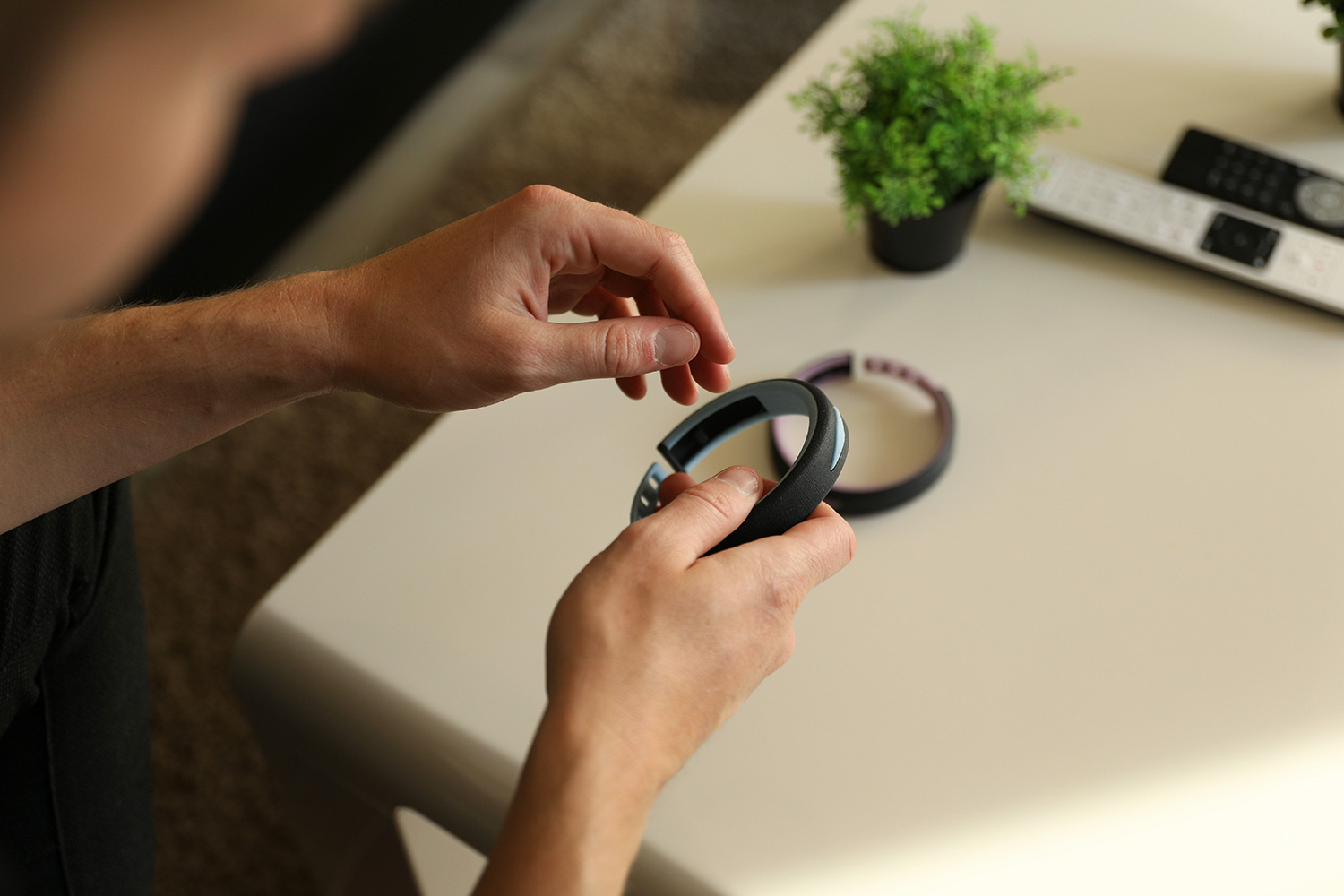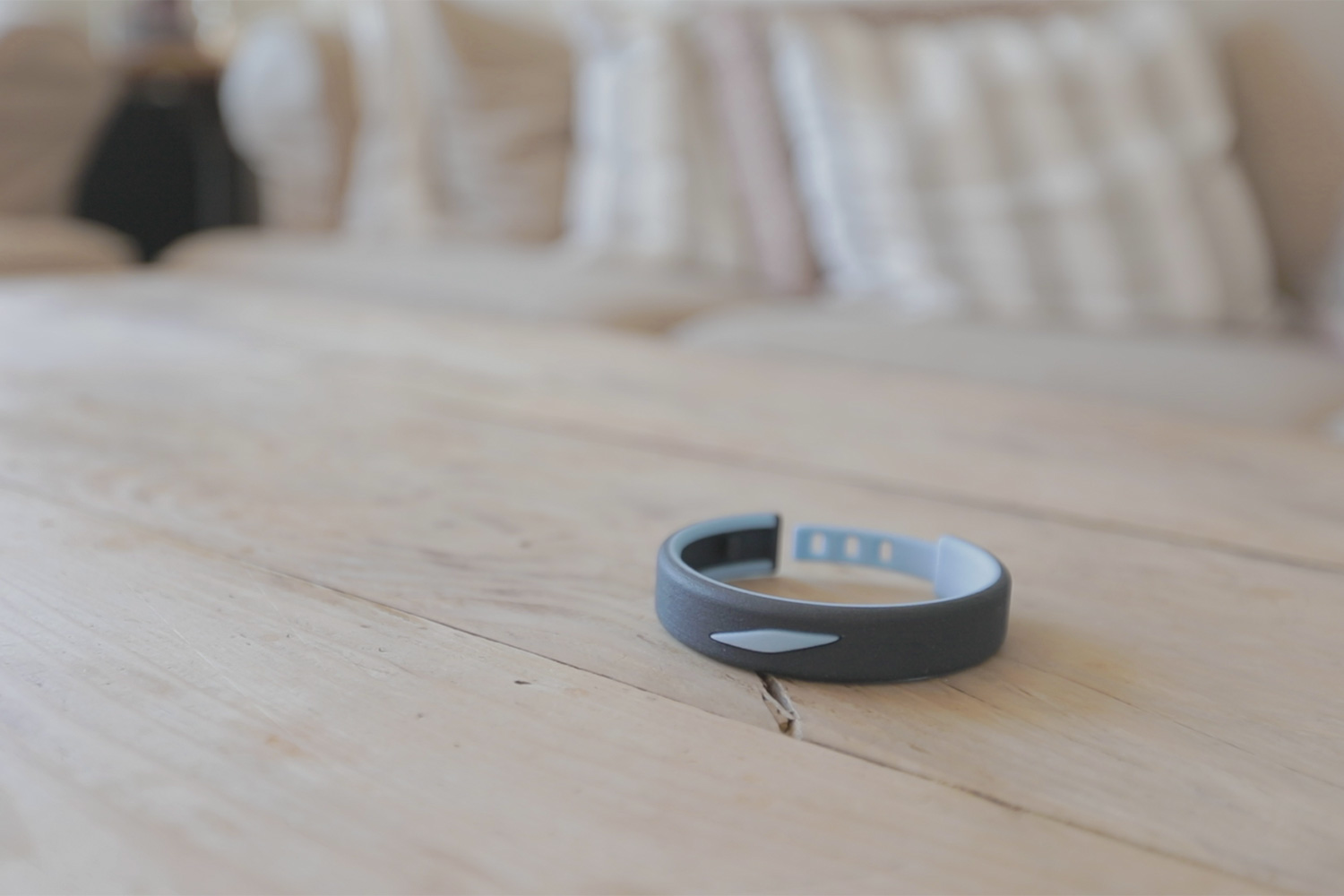We cover crowdfunding projects all the time at Digital Trends. Platforms like Kickstarter and Indiegogo have given us outstanding products like the Formlabs 3D printer, Biolite campstove, and Onewheel electric skateboard thing.
But there’s no shortage of failed campaigns and outright scams that stem from these platforms as well. Triton Gills, a device that would supposedly allow users to breathe underwater, raised (and later returned) nearly $900,000 when backers realized it wouldn’t work as advertised. And then there was the bizarre campaign for Kobe beef jerky that raised a jaw-dropping $120,000 despite providing about as much product information as you’d find on the back of a Slim Jim. Luckily, Kickstarter itself stepped in to shut the campaign down.
With that in mind, a campaign for a wearable called the Instadreamer recently caught our attention. Like many tech products that emerge on crowdfunding platforms, Instadreamer is at once imaginative, intriguing, and somewhat suspect. The bracelet’s creators say their device will let you “take control of your dreams” by inducing vivid, lucid dreaming episodes. That’s a bold promise. But is the device less Inception and more deception? Let’s take a closer look.
Making (lucid) dreams a reality
Lucid dreaming is, in short, conscious dreaming. It’s knowing you’re dreaming when you’re dreaming, which may come with the added bonus of becoming the architect of the events and environments around you. The possibilities are endless, say lucid dreaming practitioners, limited only by your alarm clock.
Though lucid dreaming comes naturally to some, it’s known to be triggered and manipulated through habitual “reality checks” meant to help differentiate the real world from the dream world. That’s where the Instadreamer comes in.
“The most effective ways to create lucid dreams are to perform regular reality checks,” Jean Rausis, the Instadreamer’s inventor, tells Digital Trends. “Basically you have to make sure that you are in reality all day long, as much as possible. Hopefully that starts to become a habit, and as soon as it becomes a habit you start doing it in your dreams.”
There are a variety of reality checks to choose from, including checking the time on a clock (which should sporadically change in dreams) to checking your reflection in a mirror (which may appear distorted in the dream world).
“The most effective ways to create lucid dreams are to perform regular reality checks.”
Based on Pavlovian conditioning — the same kind that makes dogs slobber when they hear their food bowl rattle — Instadreamer serves as a sort of reminder designed to habituate these reality checks. The device vibrates at various times throughout the day, encouraging the wearer to perform a check. At night, the bracelet picks up on biometric signals, including a person’s pulse and temperature, to detect when they’re experiencing rapid eye movement (REM), the phase of sleep when dreams are most vivid. If the bracelet has sufficiently integrated itself into the wearer’s reality, its nighttime vibrations will put them into a state of conscious dreaming.
“Everyone knows how annoying and difficult it is to build a new habit,” Rausis says. “The difference with the Instadreamer is that it reminds you to reality check but also binds it with these vibrations, so you basically condition your brain to have an automatic response. Every time your wrist vibrates, you perform a reality check.”
Alarm bells ringing
Lucid dreams have been studied scientifically since the 60s. In the 80s, a psychophysiologist named Stephen LaBerge introduced a technique for induced lucid dreams that tracked eye movement to determine when someone was in REM and used a low tone or a red blinking light to signal to the sleeping participant that they were dreaming. Both the light and sound stimuli had a tendency to wake subjects up, according to Deirdre Barrett, a psychologist at Harvard Medical School who specializes in dream research, but also triggered lucidity at rates higher than chance.
For Barrett, the Instadreamer offers a compelling path towards lucid dreaming, but she’s not without her suspicions.

For one thing, Rausis and his team haven’t published study results indicating that the Instadreamer actually works: “I would assume if they already had data on the wrist REM detector working well and the vibration device getting a dreamer’s attention without awakening them, they’d say that.”
And while the bracelet breaks from previous stimuli like sound and red light, which had issues with awakening, it “also could prove to be worse yet than the sound stimulus worked in similar devices.
“It seems like an idea worth testing that might potentially increase lucid dreams,” she adds. “But the content of the pitch…is talking as if they’re sure it works and works better than other approaches, and I don’t see any evidence of that.”
Leap of faith
Rausis says he and his team ran trials on 19 people, 14 of whom reported lucid dreams within the first three nights of using Instadreamer. He acknowledges that these participants were prepped for the experience, and thus may have been more prone to lucid dreaming, but says the tips and tricks they were given to maximize their chances of lucidity will also be available to Instadreamer customers.
And while he can’t produce any data showing that the bracelet accurately detects REM sleep, Rausis is unfazed by the burden of proof.
“The pitch talks as if they’re sure it works and I don’t see any evidence of that.”
“What’s important for us is that it’s successfully inducing lucid dreams,” he says. “If it’s more or less accurate [at recognizing REM] than a given smartwatch…I don’t really care.”
Despite the lack of published evidence, Instadreamer has had a successful Kickstarter campaign, raising nearly $112,500 from more than 550 backers. Individual Instadreamers were available for around $200 and will retail for about $249. After the campaign, Rausis and his team will now take the device to Indeigogo Indemand with the goal to deliver a finished product early in 2019.
Backers take a leap of faith every time they pledge to a crowdfunding campaign. Sure, there are ways to limit your exposure — for example, by following our five-step checklist to avoid getting burned — but there’s also something to be said about putting your money behind a compelling idea, whether there’s a wealth of evidence to support the product of not.
What you do with your money is, of course, up to you, your family, and maybe the IRS — but we’d personally wait before shelling out a couple hundred dollars on the Instadreamer. If the product works as promised, a bunch of raving reviews should support its claims after its launch.
Editors' Recommendations
- Forget waiting! Here’s all the CES 2022 tech you can buy right now
- Apple Fitness+ now lets you work out with your friends
- Your old Wear OS watch can, technically, update to the new Wear software
- Freaky new A.I. scans your brain, then generates faces you’ll find attractive
- 7 reasons you should spend $150 on a smart face mask. Yes, really
